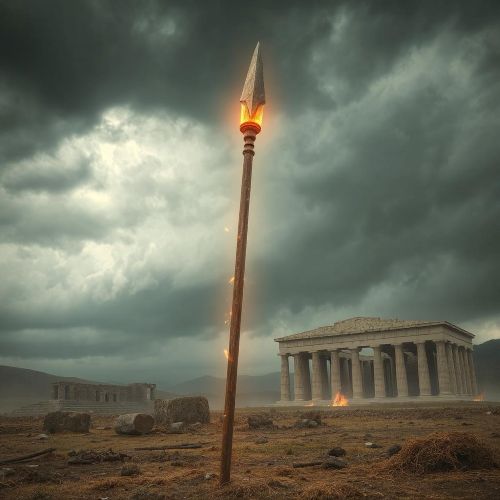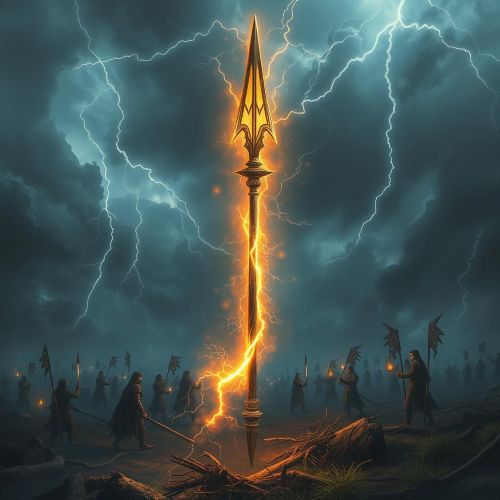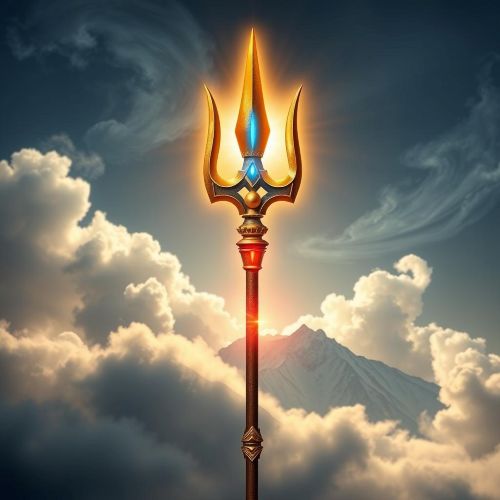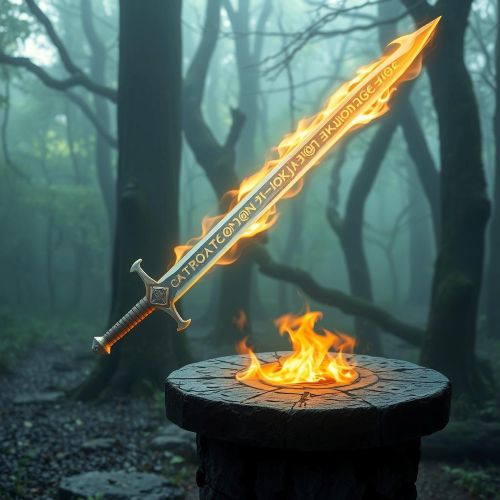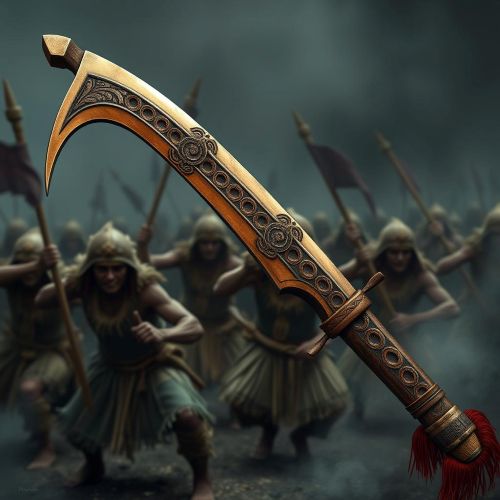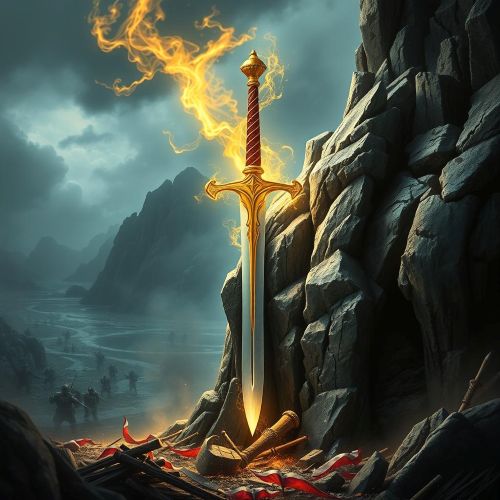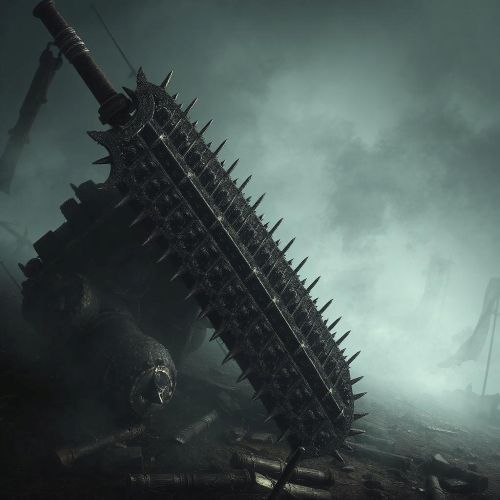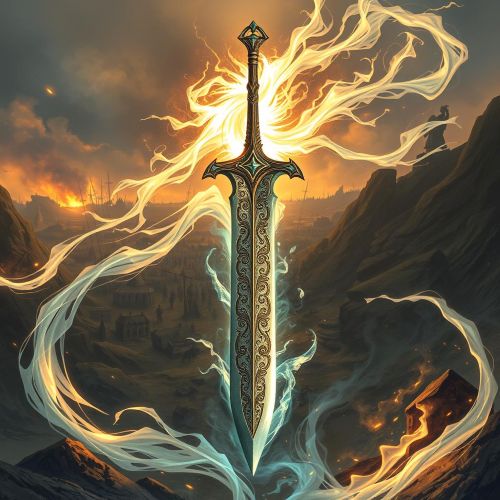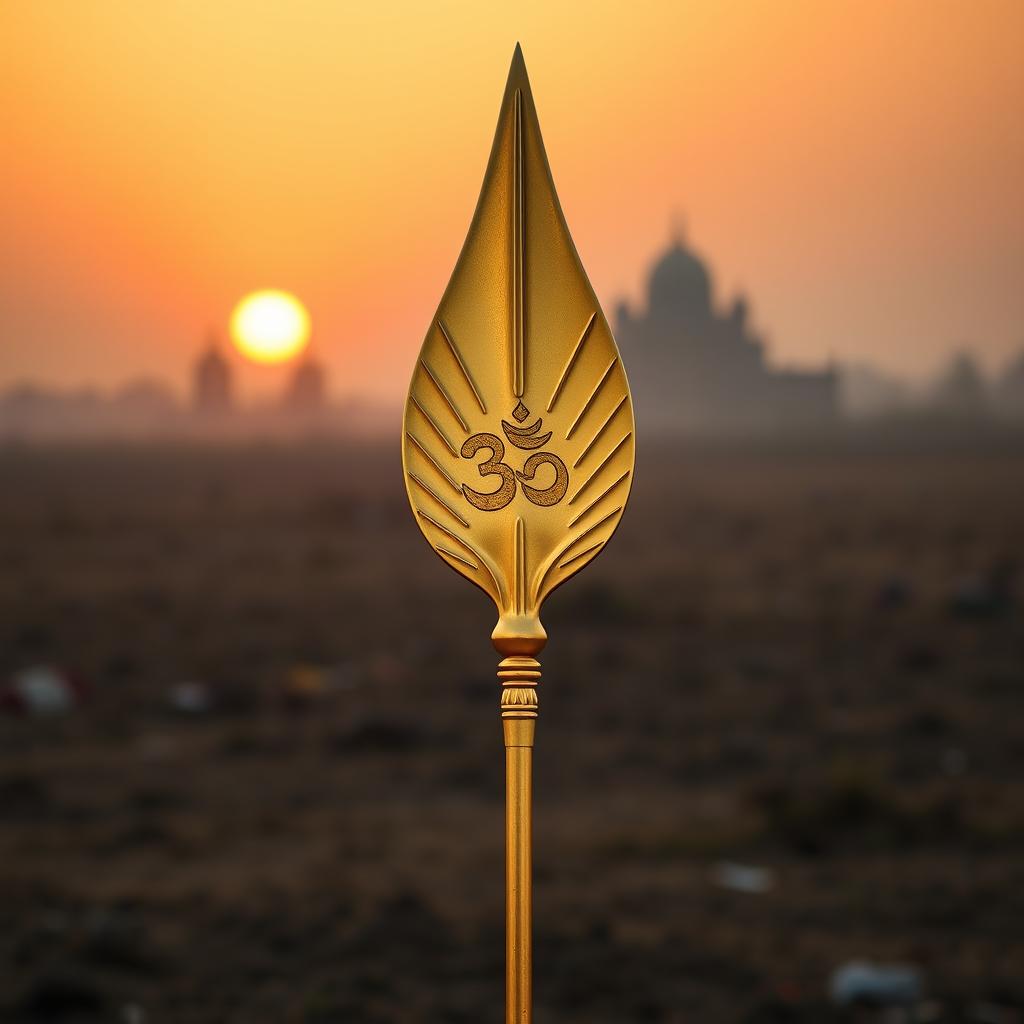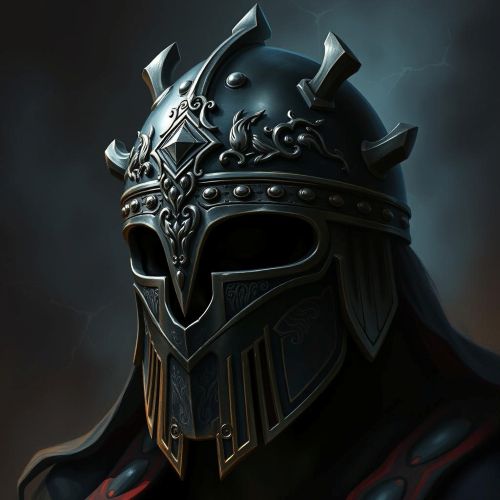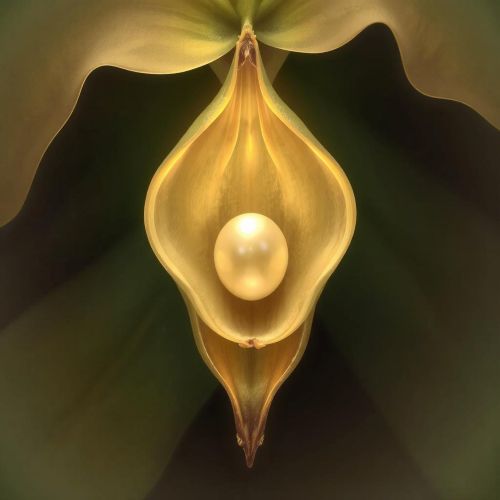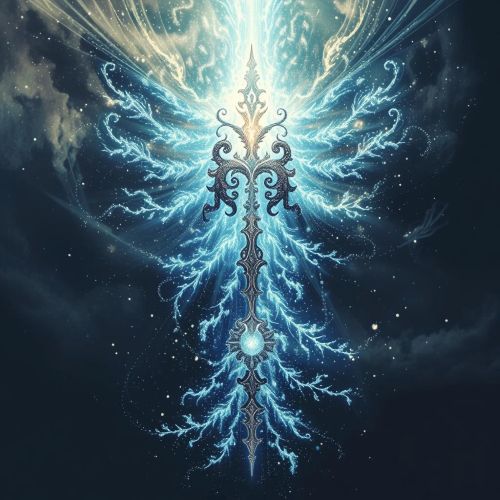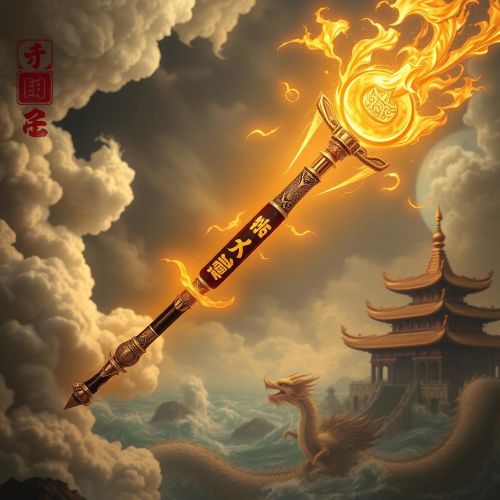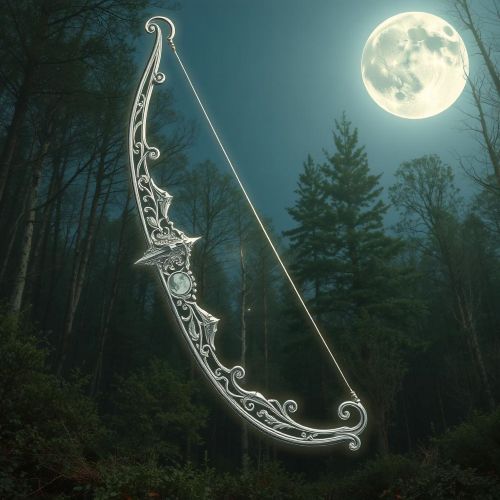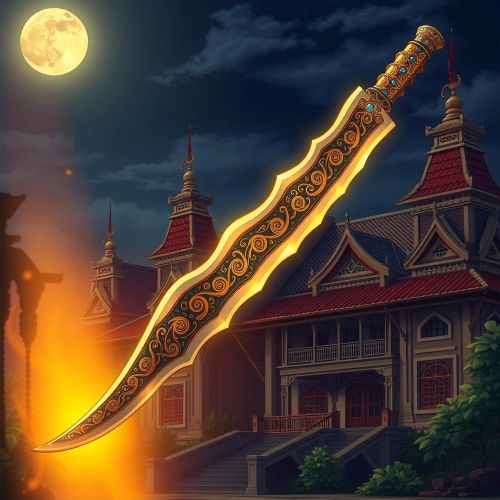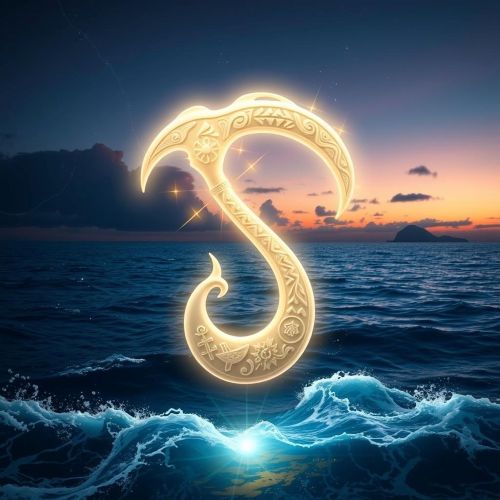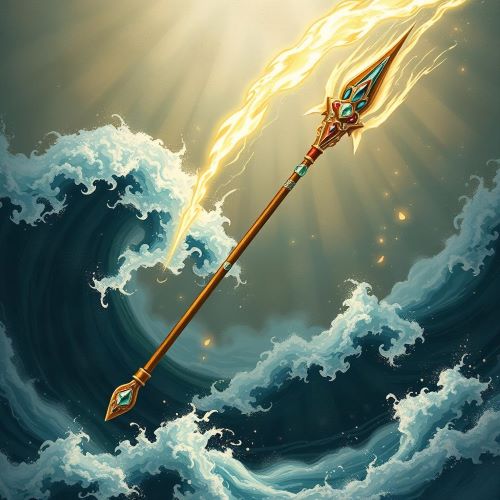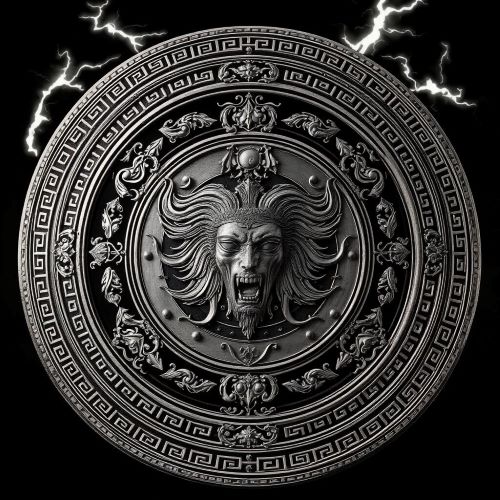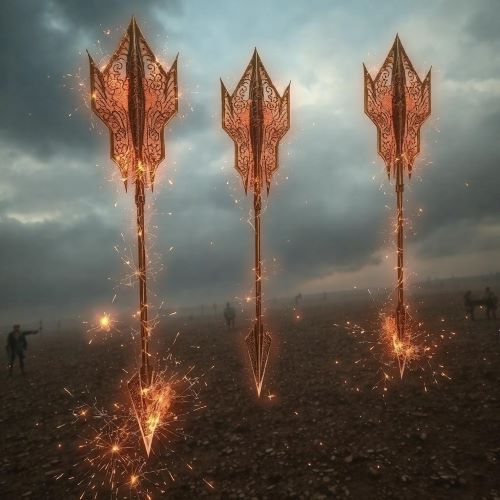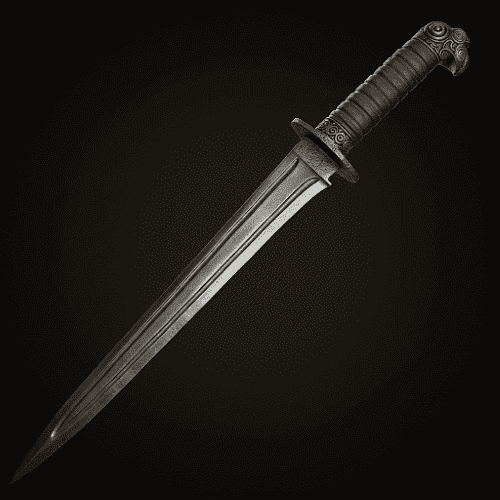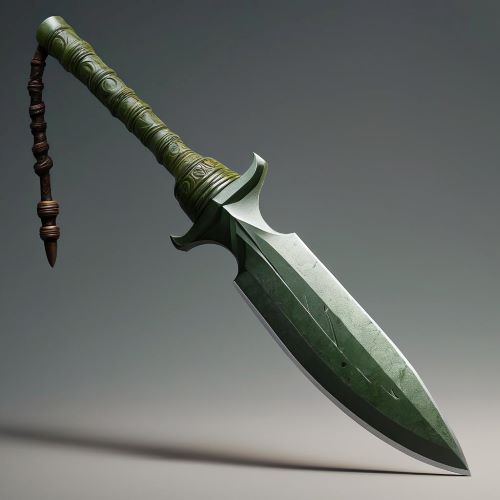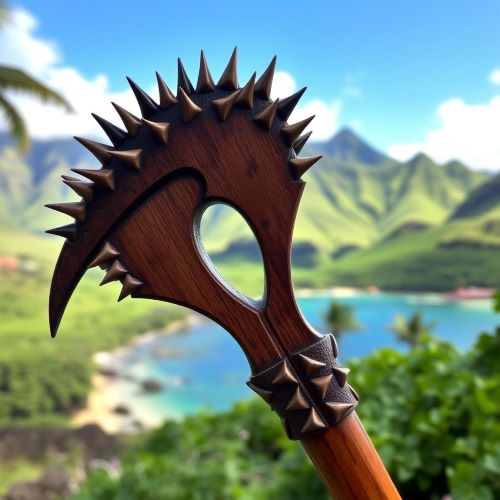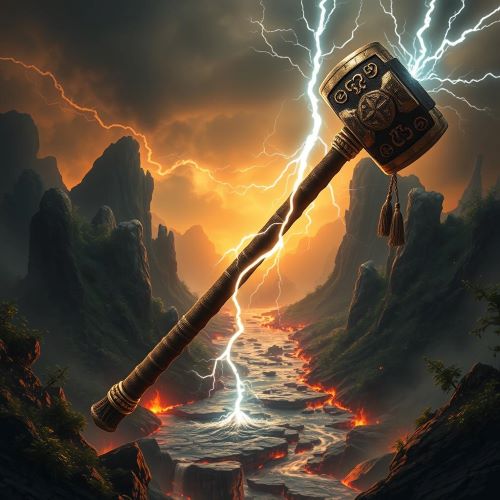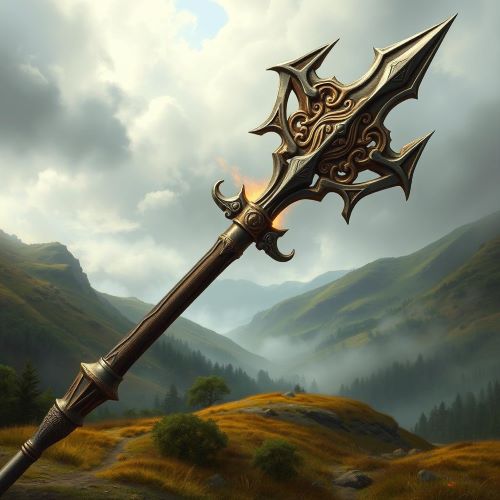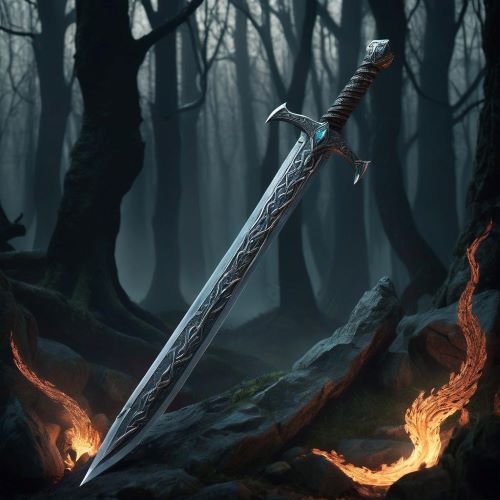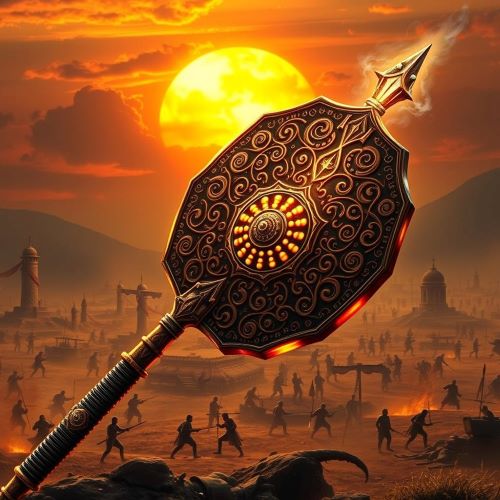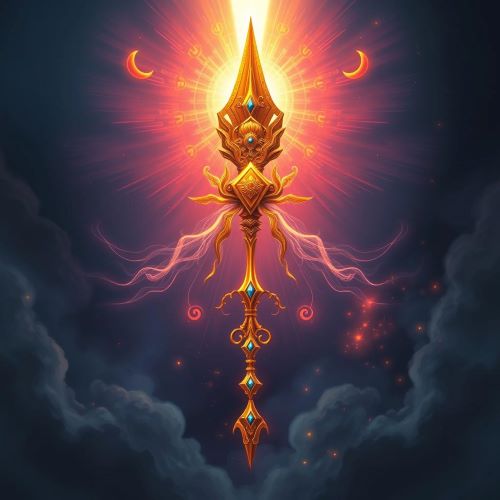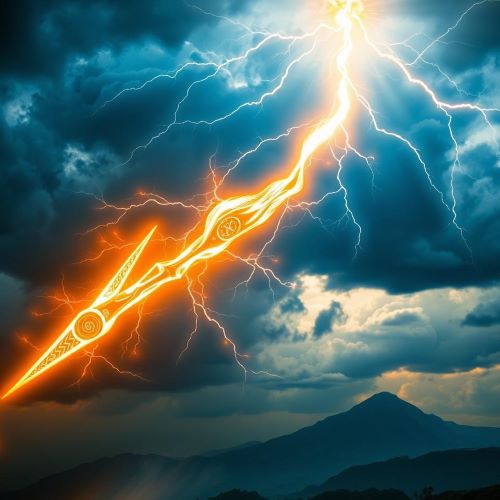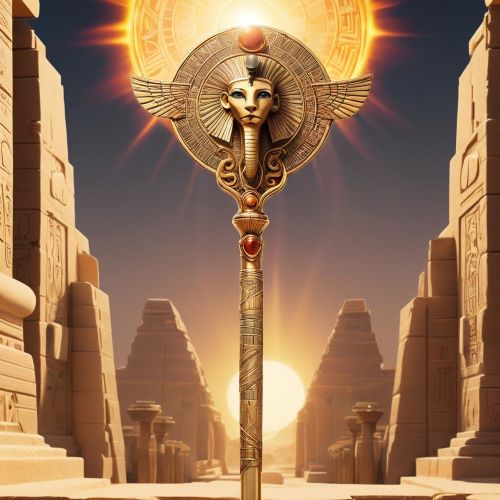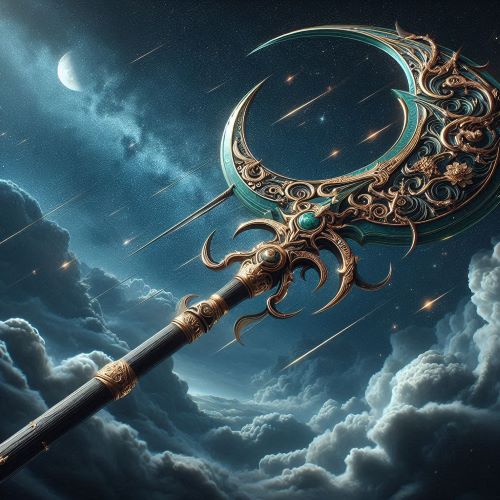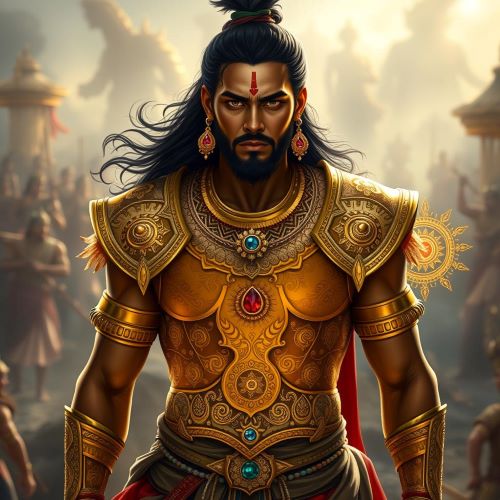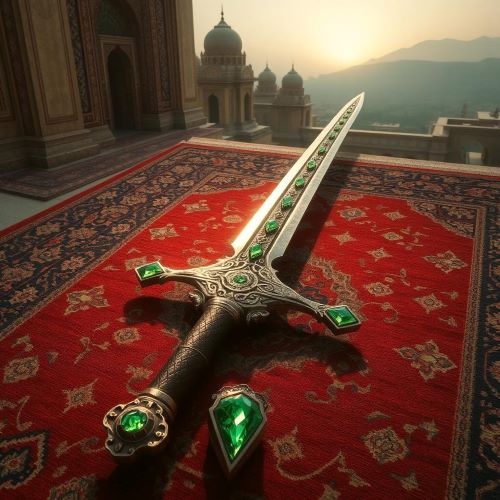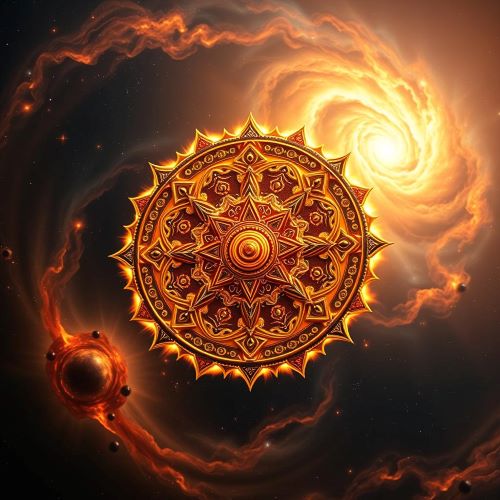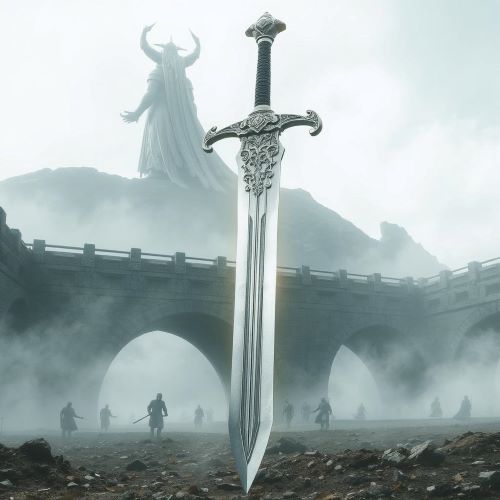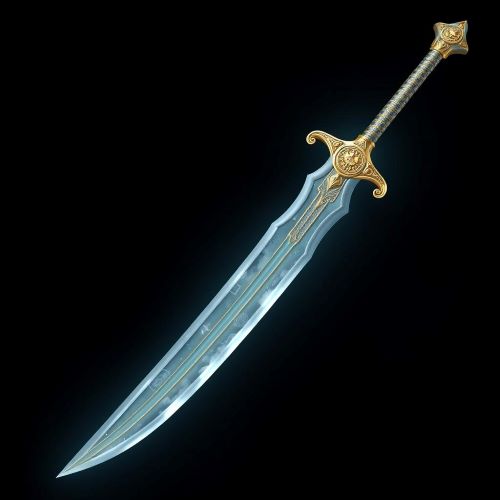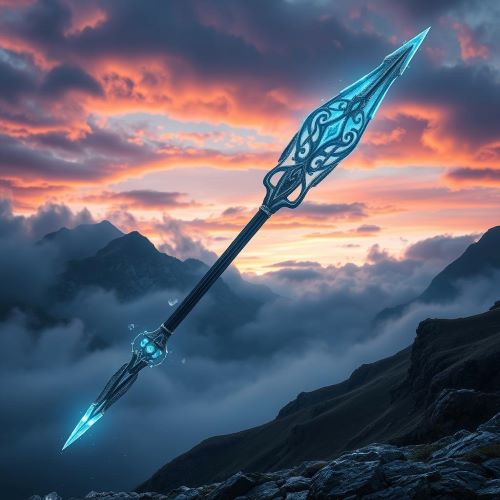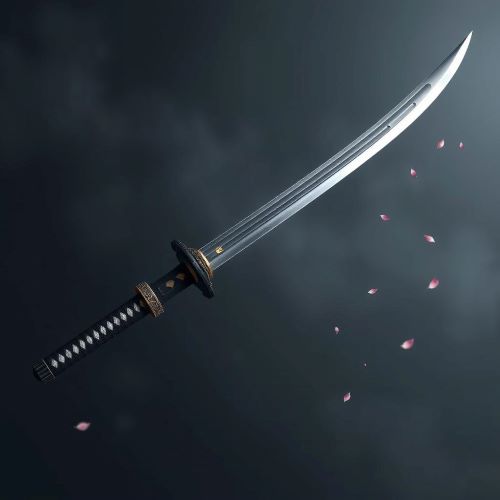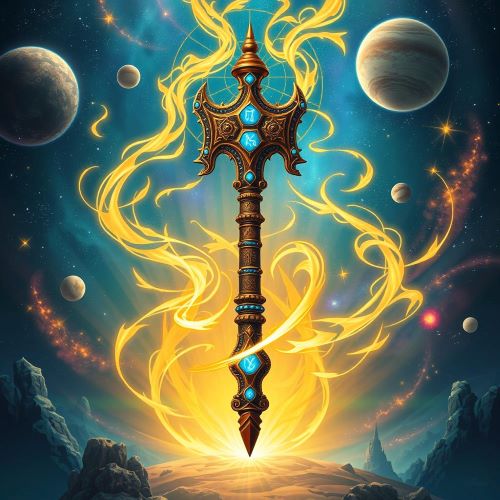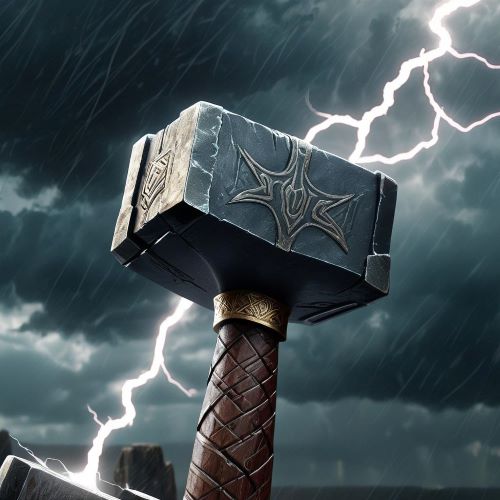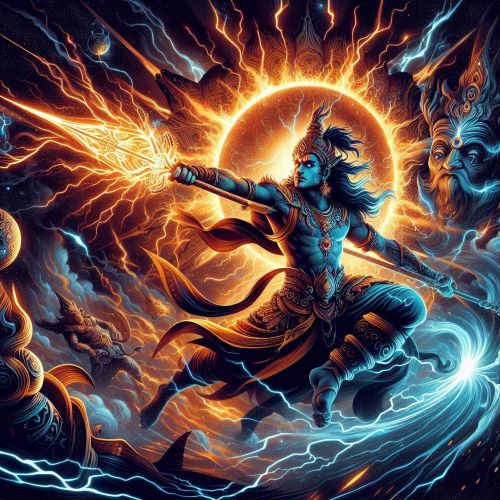Mythical Weapons
Mythological weapons are a captivating aspect of folklore and legend, holding the power to shape the fates of heroes, gods, and entire civilizations. These legendary arms are not merely tools of war; they are imbued with divine magic, bound by ancient prophecies, and often personified with their own distinct personalities. From the thunderous Mjölnir wielded by Thor in Norse mythology to the invincible sword Excalibur of King Arthur, mythological weapons have fascinated cultures worldwide, each symbolizing themes of power, justice, and destiny. These weapons often serve as key elements in epic tales, embodying the virtues and vices of their bearers while driving the narrative of myths and legends.
In Greek mythology, weapons like Zeus’s thunderbolt and Athena’s Aegis shield are pivotal to the stories of gods and heroes. The thunderbolt, crafted by the Cyclopes, is a symbol of Zeus’s supreme authority and his ability to control the heavens. Athena’s Aegis, adorned with the head of Medusa, represents protection and power, often lending invincibility to those who bear it. Similarly, Hindu mythology is rich with divine weapons such as the Trishula of Shiva, symbolizing destruction and renewal, and the Sudarshana Chakra of Vishnu, embodying the cyclical nature of time and the universe. These weapons are not just instruments of war but are deeply intertwined with the spiritual and moral fabric of their respective mythologies.
Asian mythology also features a plethora of mythological weapons, each with unique attributes and stories. The Japanese katana, for example, is more than a mere sword; it is a spiritual artifact representing the samurai’s code of honor, bravery, and loyalty. Chinese mythology speaks of the legendary spear of the warrior deity Guan Yu, a symbol of righteousness and martial prowess. In Southeast Asian tales, the Kris, a distinctive dagger with a wavy blade, is often associated with mystical powers and heroic deeds. These weapons, through their intricate designs and storied histories, reflect the cultural values and artistic sensibilities of the societies from which they originate.
The fascination with mythological weapons extends into modern times, influencing literature, film, and popular culture. Iconic weapons from myths continue to inspire contemporary fantasy genres, from the lightsabers of “Star Wars” to the wands of “Harry Potter.” They serve as metaphors for the eternal battle between good and evil, the hero’s journey, and the quest for justice. Mythological weapons also play a significant role in role-playing games and video games, where players are often tasked with seeking out these legendary artifacts to complete their quests. As symbols of power and heritage, these weapons bridge the ancient and modern worlds, continuing to captivate our imaginations and remind us of the timeless stories that shape our collective consciousness.
Mythological weapons are a captivating aspect of folklore and legend, holding the power to shape the fates of heroes, gods, and entire civilizations. These legendary arms are not merely tools of war; they are imbued with divine magic, bound by ancient prophecies, and often personified with their own distinct personalities. From the thunderous Mjölnir wielded by Thor in Norse mythology to the invincible sword Excalibur of King Arthur, mythological weapons have fascinated cultures worldwide, each symbolizing themes of power, justice, and destiny. These weapons often serve as key elements in epic tales, embodying the virtues and vices of their bearers while driving the narrative of myths and legends.
In Greek mythology, weapons like Zeus’s thunderbolt and Athena’s Aegis shield are pivotal to the stories of gods and heroes. The thunderbolt, crafted by the Cyclopes, is a symbol of Zeus’s supreme authority and his ability to control the heavens. Athena’s Aegis, adorned with the head of Medusa, represents protection and power, often lending invincibility to those who bear it. Similarly, Hindu mythology is rich with divine weapons such as the Trishula of Shiva, symbolizing destruction and renewal, and the Sudarshana Chakra of Vishnu, embodying the cyclical nature of time and the universe. These weapons are not just instruments of war but are deeply intertwined with the spiritual and moral fabric of their respective mythologies.
Asian mythology also features a plethora of mythological weapons, each with unique attributes and stories. The Japanese katana, for example, is more than a mere sword; it is a spiritual artifact representing the samurai’s code of honor, bravery, and loyalty. Chinese mythology speaks of the legendary spear of the warrior deity Guan Yu, a symbol of righteousness and martial prowess. In Southeast Asian tales, the Kris, a distinctive dagger with a wavy blade, is often associated with mystical powers and heroic deeds. These weapons, through their intricate designs and storied histories, reflect the cultural values and artistic sensibilities of the societies from which they originate.
The fascination with mythological weapons extends into modern times, influencing literature, film, and popular culture. Iconic weapons from myths continue to inspire contemporary fantasy genres, from the lightsabers of “Star Wars” to the wands of “Harry Potter.” They serve as metaphors for the eternal battle between good and evil, the hero’s journey, and the quest for justice. Mythological weapons also play a significant role in role-playing games and video games, where players are often tasked with seeking out these legendary artifacts to complete their quests. As symbols of power and heritage, these weapons bridge the ancient and modern worlds, continuing to captivate our imaginations and remind us of the timeless stories that shape our collective consciousness.

